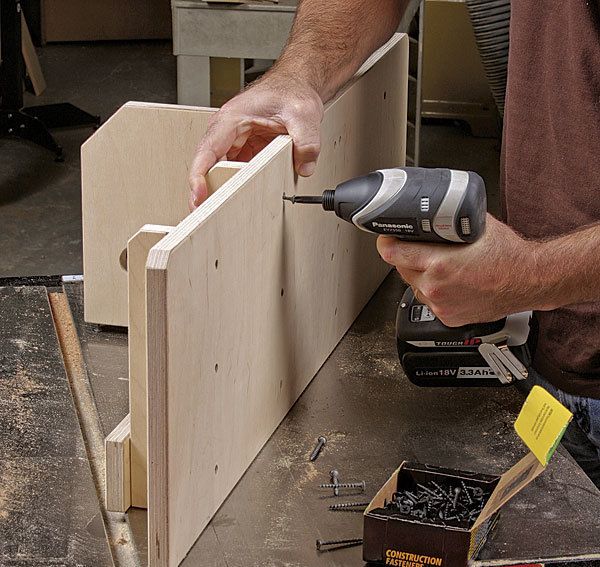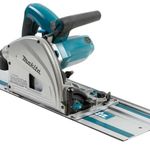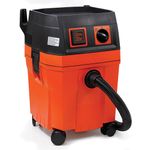Tool Test: 18v Brushless Impact Drivers
Pound for pound, no cordless drill packs more punch
Synopsis: Impact drivers have two major advantages over traditional drill/drivers: lighter weight and much higher torque. And the impact action makes big screws seem to melt into the wood, seldom stripping their heads in the process. A new wave of these tools with brushless motors promises even more power and battery life in the same compact package. To see if that promise is worth the higher price, we put these new drivers to the test, giving them real-life challenges to evaluate power and control, battery life, steady torque and peak torque. The tests found that these new tools do pack a lot of power into a small package. The models tested include: Dewalt DCF895C2, Dewalt DCF895L2, Hitachi WH18DBDL, Makita LXDT08, and Panasonic EY7550.
I mpact drivers have been widely adopted by homebuilders and contractors, and more recently by woodworkers too. They have two major advantages over traditional drill/drivers: lighter weight and much higher torque. And the impact action makes big screws seem to melt into the wood, seldom stripping their heads in the process.
A new wave of impact drivers has taken those advantages to another level. Boasting brushless motors, the new tools promise even more power and battery life in the same compact package. Fine Woodworking asked me to test these claims in the laboratory to see if these high-tech drills are worth their higher prices.
Four torture tests
As the head of a college mechanical engineering department, I’m always looking for ways that my students and I can apply our skills to real-world tasks. In conjunction with FWW, we came up with a good combination of practical tests and laboratory experiments.
First, to test the power and control of each driver, we used it to sink 50 deck screws into pressure-treated 4×4 pine posts. Each tester was told to work as quickly as possible but to leave each 3-in. screw flush with the surface. We measured the time required.
Next we counted how many 3-in. deck screws could be sunk on a single battery charge. Obviously the longer between battery charges the better, but what this really tests is the drill’s efficiency—how much power is used per screw.
Mechanical power is the product of torque and speed. We measured each drill’s steady torque by constructing a winch apparatus and using the drivers to raise an adjustable load to a height of 10 ft. The apparatus has a built-in tachometer, which we used to measure speed. It bore a slight resemblance to a guillotine and generated quite a few comments from students and faculty. In fact, it is a primitive dynamometer—a device used for measuring the power output of a motor.
From Fine Woodworking #230
For the full article, download the PDF below:
Fine Woodworking Recommended Products

Makita SP6000J1 Track Saw

Fein Turbo II HEPA Wet/Dry Dust Extractor

Festool DF 500 Q-Set Domino Joiner






















Log in or create an account to post a comment.
Sign up Log in